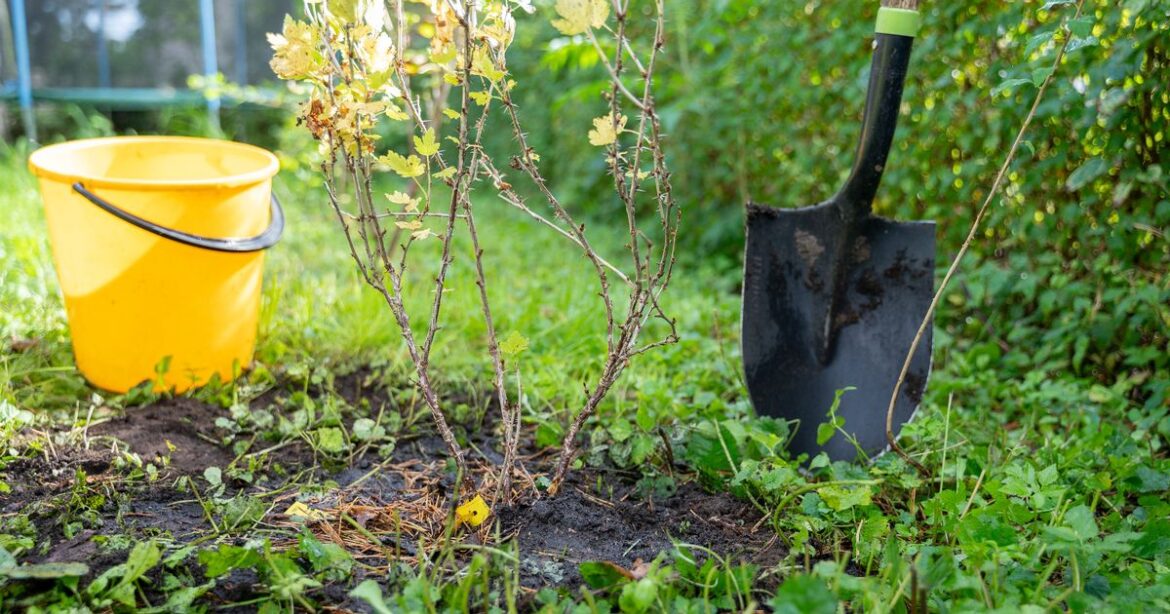A gardener has shared a video of an amazing find they came across while working in their garden, and social media users were keen to speculate on what it might be
Ian Craig Social Newsdesk Content Editor
13:28, 19 Nov 2025Updated 13:28, 19 Nov 2025
 The gardener made an amazing discovery in their garden (stock image)(Image: Getty Images)
The gardener made an amazing discovery in their garden (stock image)(Image: Getty Images)
A gardener was left stunned after unearthing what they believed could be a wartime bomb shelter while working in their garden. The person, who shared a video of the shallow trench they had dug up revealing a curved wall made of brick and concrete, took to Reddit with a post titled ‘Am I digging up a bomb shelter?’
They wrote: “Hi everyone, after spending some time doing work inside our house (four bed 1930s semi in Liverpool) we’re now thinking about the garden. In anticipation of laying a patio in the back corner of the garden, I’ve been doing some excavating and don’t know if this is a garden ‘feature’ from years gone by or a bomb shelter, which wouldn’t be unusual in these parts.
“I’d be grateful for any insight into what it is and what we can expect/do if we’re intending to layer a patio over the top! Thanks.”
The footage sparked intrigue among other users, with many speculating on the nature of the find, reports the Mirror. One user responded: “I also have a 30s semi in Liverpool and had this s**** in my garden. No idea what it was, but it took a lot of effort with a pickaxe and lump hammer to get rid of all the bricks and concrete.”
Another reminisced: “I remember as a kid we had an Anderson’s one at the bottom of the garden, I would pretend it was my home when I was about seven.”
However, many have suggested that it’s unlikely to be a bomb shelter. One person commented: “Just a wall. Bomb shelters in gardens were typically Anderson Shelters, which were corrugated steel and concrete. Some were built of brick but not curved.”
In response, another person stated: “Anderson Shelters varied with the soil conditions, basically you dug a hole, ideally laid a concrete floor, then assembled the metal walls, but I suspect few were built in textbook fashion. The soil from the hole was packed on top to provide more protection. The authorities issued a hand pump as the shelters tended to fill with water.”
The original poster responded: “I was hoping I had a choice between a secret underground den and a patio, but it appears I just have an annoying half-wall. Why the massive concrete rectangle? Is this a concrete pad for the cornerstone?”
Another user replied: “It’s probably an old shed base or similar. You can lay on top of it if the levels work for you.
“If they don’t then I’d hire a kango hammer/road breaker or similar, get a large pry bar, pick axe/mattock, a wheelbarrow, and hire a skip. And cancel the gym membership for a week or so as you won’t need that!”
And yet another person wrote: “The most probable explanation is that it’s a former earth retaining or raised bed that the previous owners covered with soil. You can now choose to remove it or recover it based on your gardening plans.”
Another person commented: “Unlikely to be a bomb shelter, they weren’t usually made of bricks, and you wouldn’t make a curved wall like that on a practical structure you just want to get built quickly, like a bomb shelter. Probably just an old garden feature.”
One user provided a particularly detailed analysis, stating: “I’m shocked at my appalling middle age man knowledge here, but bricks with three holes like that only started being made in the 1960s, and if you measure one carefully (exclude any mortar) and it’s 215mm by 102mm by 65mm, it’s a British Standard metric brick and dates from no earlier than 1970.”
They concluded: “I’m going to have a sit down, now.”


Comments are closed.